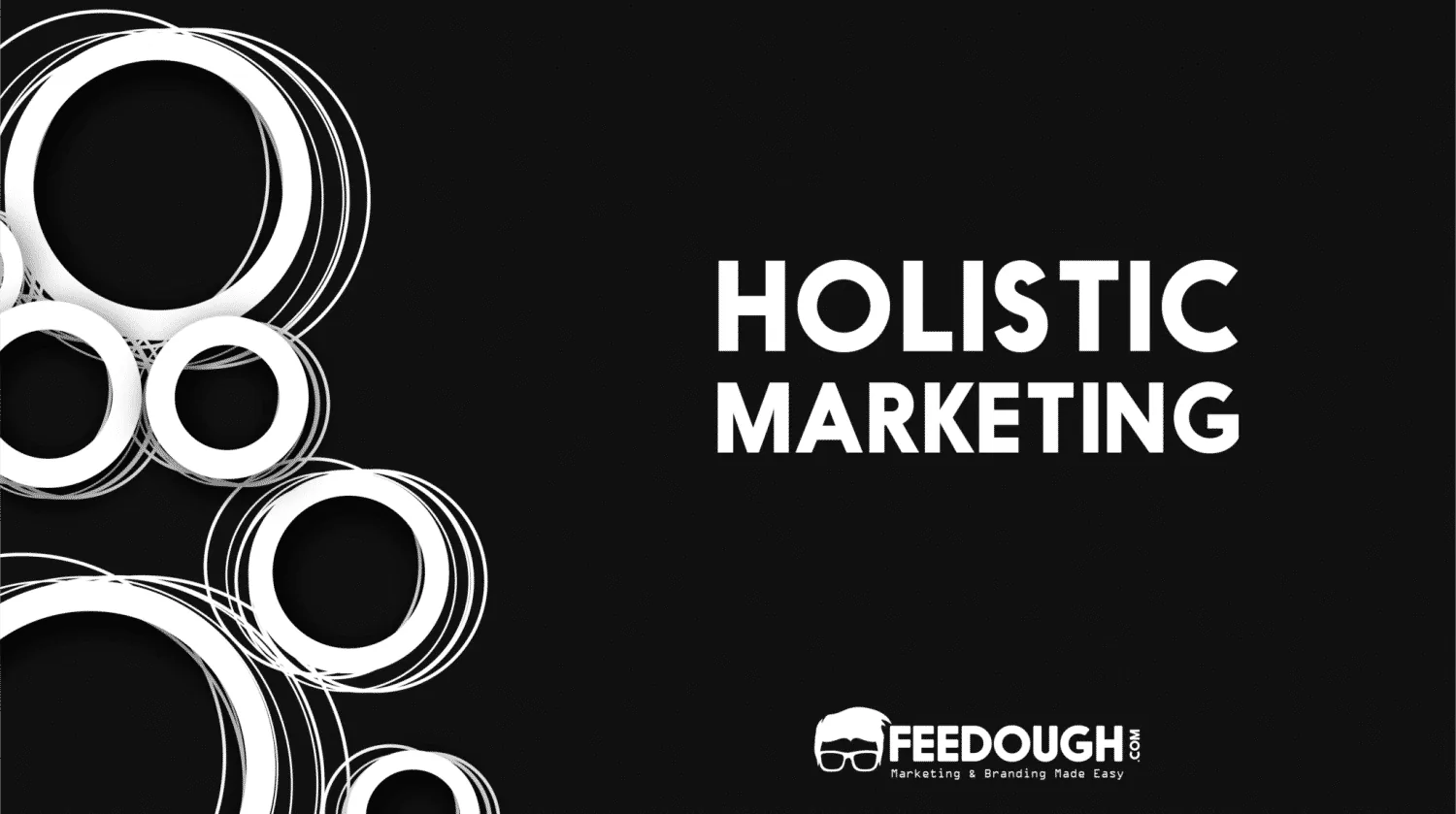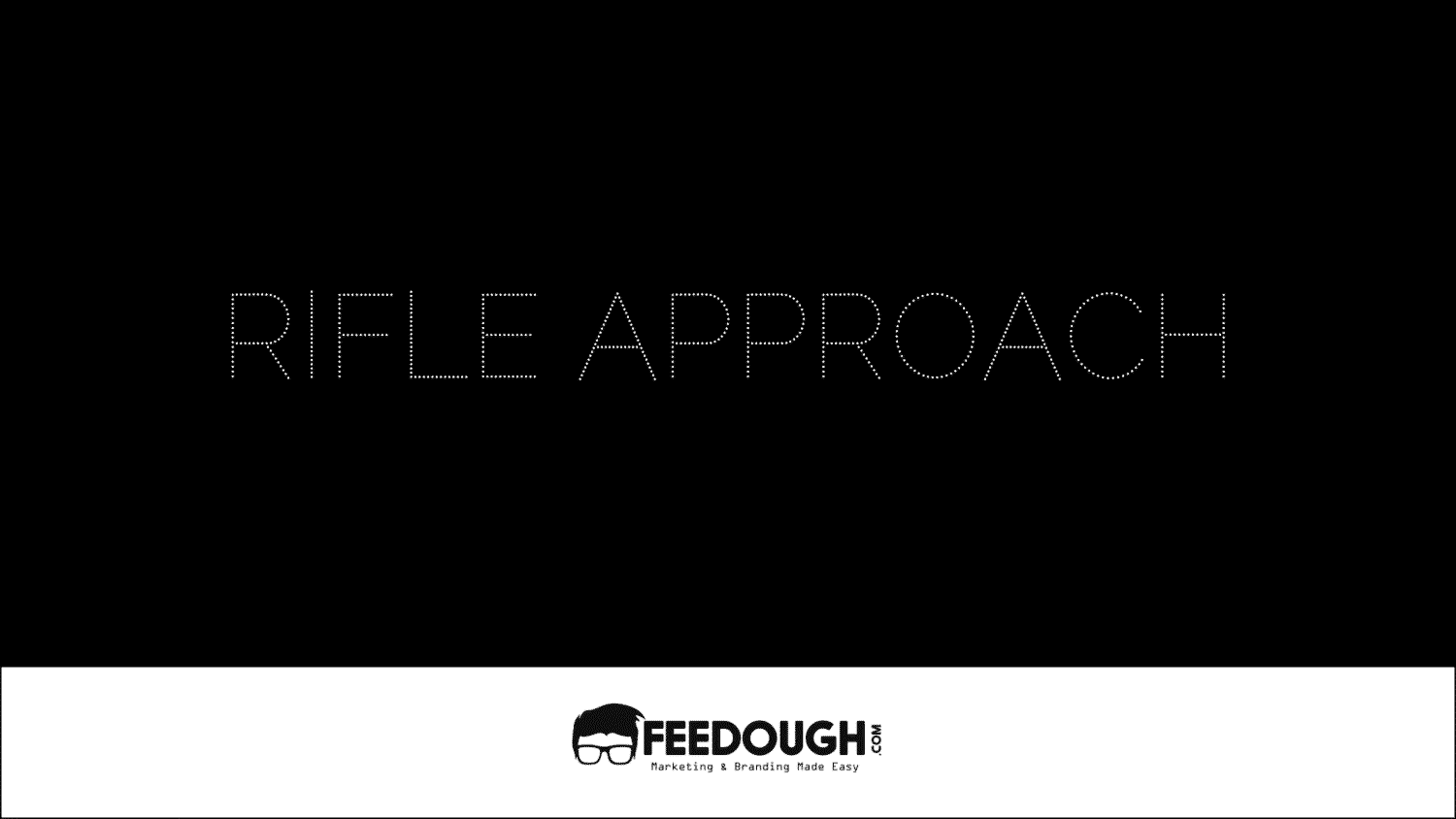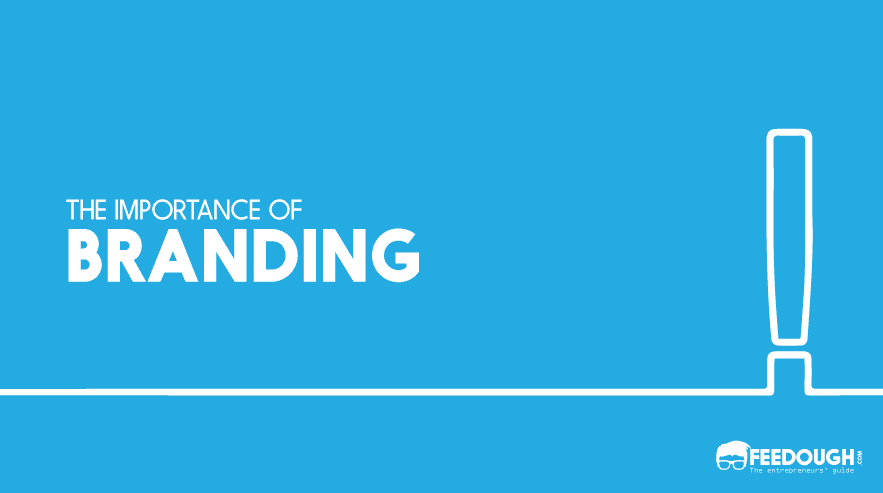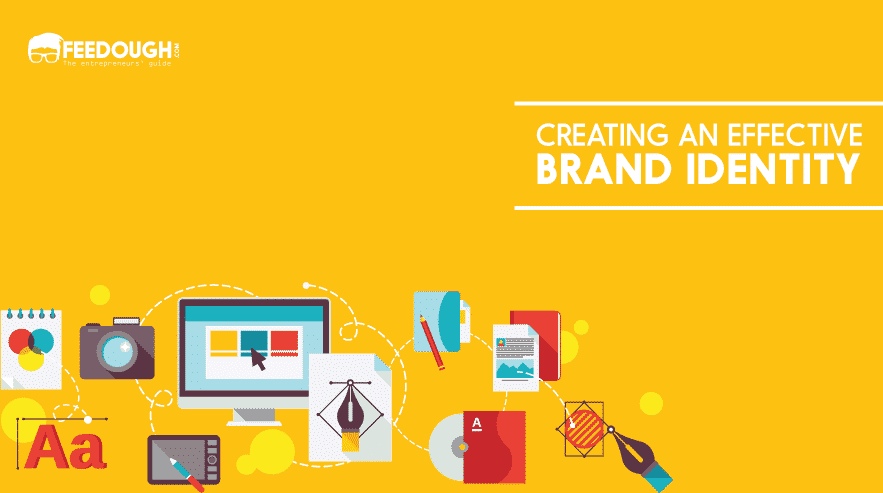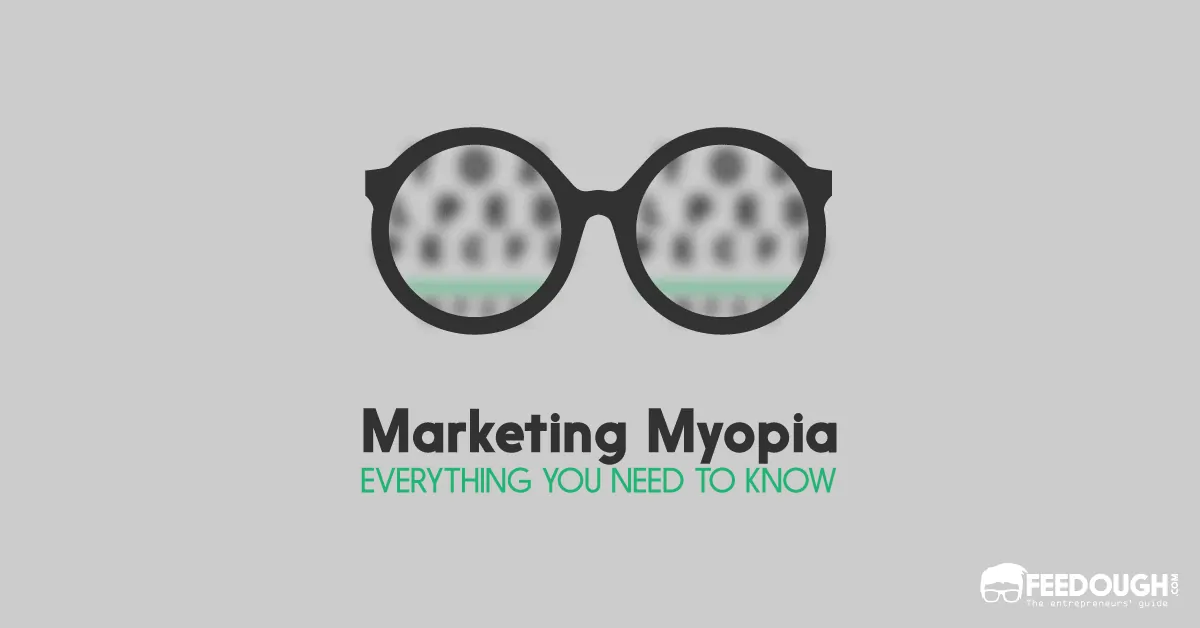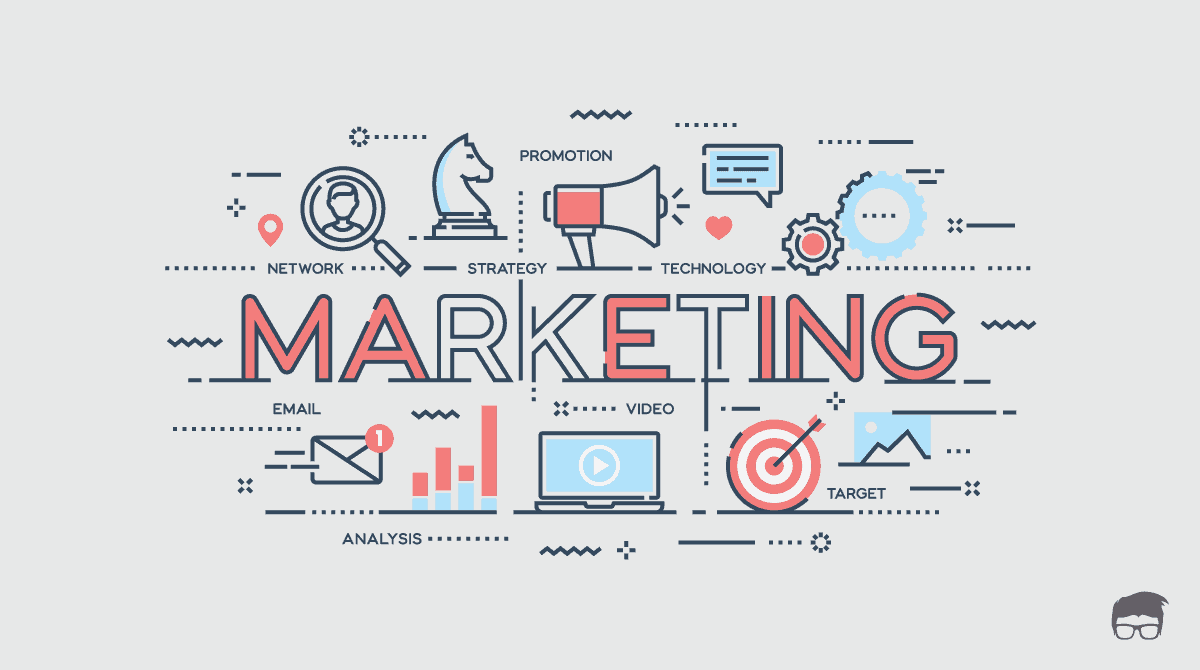Whether you are a small or a large enterprise, your dream of taking your business to a further level never dies. But the major problems that come in the way are raising awareness about your brand, knowing and understanding your customers, and managing a reliable reputation in the market.
Digital marketing plays a major role in fulfilling this dream today. It helps you in creating a holistic marketing approach and satisfying the needs and demands of your customers in a more efficient and effective way.
Inbound marketing, though a new approach in digital marketing, has resulted in building a brand and capitalising on the online marketing funnel in a more efficient way than traditional outbound strategies.
General Electric, for example, used Inbound Marketing tactics and created an Instagram campaign. These were the results:
- 8 million views on their Instagram account.
- 3 million reach per post.
All this without spending a single penny on buying ad spaces…
For a company into wind turbines, jet engines, locomotives and so on, to draw such response shows that it can be done by anyone.
Inbound Marketing proves to be of more benefit since it involves less financing and more in ways of bringing in prospects.
Here’s a comprehensive guide to help you understand what exactly inbound marketing means, why it is so important, and how you can use it to your advantage to aid in your growth.
What Is Inbound Marketing?
Inbound Marketing is a pull marketing technique which uses non-intrusive and targeted strategies like content marketing, social media marketing, event marketing, and search engine optimisation etc., to create brand awareness, attract potential clients, and convert them into leads and actual customers.
This could be confusing for those just getting to know how marketing works and might wonder how inbound marketing is different from advertising or other outbound marketing strategy.
You see, when you advertise, you are putting out your brand for the world to see and hope they use your service. This is push marketing which is targeted to a general audience as an interruption to their data consumption.
The internet is saturated with these non-targeted ads, which have resulted in people getting savvier and ignoring them like they were never there.
But inbound marketing helps you target the specific audience of people who are already looking for or are in need of the services that you offer or may offer, using a variety of mediums such as blogs, social media posts, etc.
This makes your marketing strategies more targeted and personalised and overcomes the shortcomings of outbound marketing by proving to be something actually wanted by the customers.
Inbound marketing strategies not only depend on the product or the industry but also on how the consumer behaves before, during, and after making the purchase decision, making it easier for them to provide the information and sell their product when the customer actually needs it.
Inbound vs. Outbound Marketing
While Inbound Marketing involves a lot of research into the customer life cycle and product life cycle, outbound marketing focuses only on the product and brand part; it projects your brand or product at customers, pushing it at the potential customers. This requires more financial investment than deciding what goes where.
Even though outbound marketing has its set of advantages for some industries, it’s like throwing everything at the wall, hoping that something sticks for others. That kind of risk is not something one starting out would like to take.
Inbound Marketing | Outbound Marketing |
|---|---|
Permissive | Interruptive |
Pull tactic | Push tactic |
Two-way communication | One-way communication |
User-Focused | Brand-Focused |
Marketers provide value | Marketers provide little to no value |
Customers come to you | Customers are sought after |
Channels: Search engines, referrals, social media campaign | Channels: Print ads, TV ads, radio, telemarketing |
If you have more money than brains, you should focus on outbound marketing. If you have more brains than money, you should focus on Inbound Marketing. – Guy Kawasaki, CANVA
4 Stages Of An Inbound Marketing Strategy
There are many ways in which you could draw potential customers.
A potential customer goes through four stages whenever starting a relationship with the business. These are – attract, convert, close, and delight.
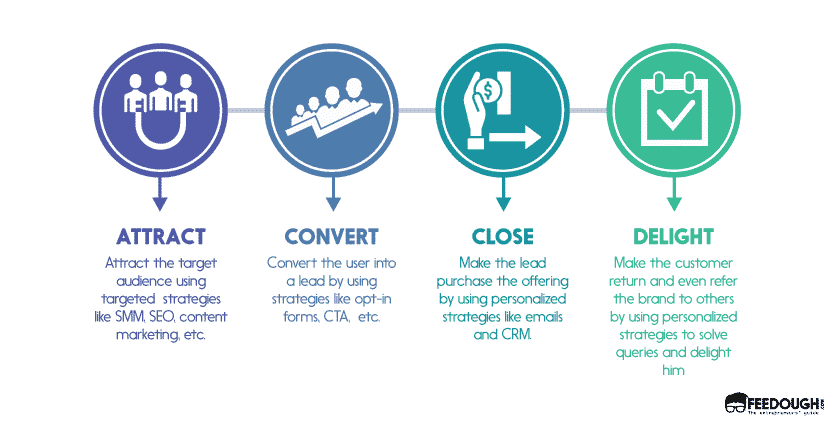
Inbound marketing requires you to reverse engineer this and make the best out of the customer side of the marketing funnel.
1. Attract
Inbound Marketing is all about drawing customers and getting them interested in what you offer. The first step is to provide them with the information they need about the product or the industry. Tools, resources, and strategies which help you attract the user to your brand are –
Content
Tailoring the content which your target audience looks for according to the marketing funnel stage they are at is a perfect strategy to attract people who are most likely to convert into leads and end up purchasing your offering. The content can be published in the form of blogs, videos, books, and podcasts.
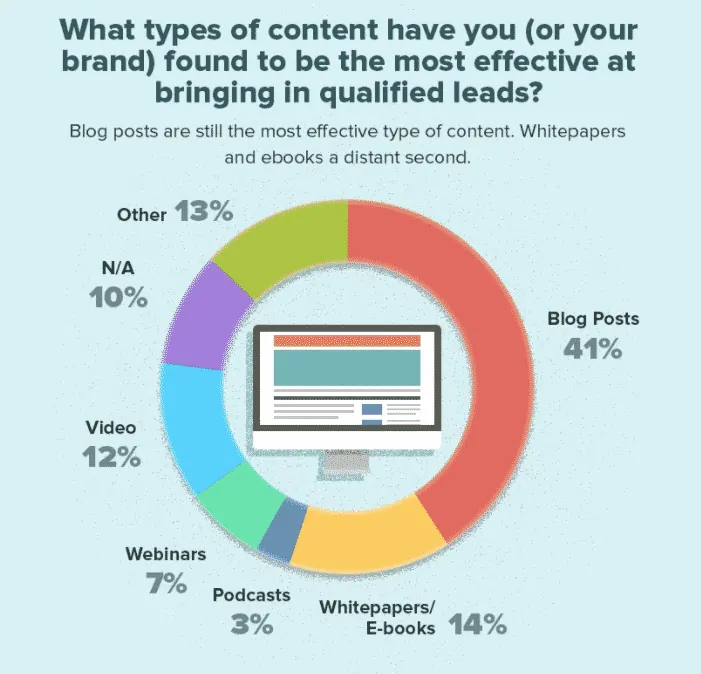
Search Engine Optimisation (SEO)
One cannot emphasise enough on the importance of proper search engine optimisation. A well-optimised site is a difference between it being displayed on the first page rather than it being buried under piles of similar sites.
Why being displayed on the first page is important, you ask?
According to a study, the search engine results on the first page receive almost 95% of web traffic, leaving only 5% for the remaining search results pages. Hence, if you want your inbound marketing to succeed (or to at least perform), you need to spend time optimising your website for search engines.
Social Media Posts
Social media posts also play a vital role in increasing brand awareness and making potential customers move from the awareness stage to the interest stage. Many brands use social media as a platform to educate users to make better decisions which are more inclined towards the brand’s products.
Keyword Advertising
Unlike outbound marketing, keyword advertising isn’t intrusive. It refers to advertising where the advertiser pays to get featured at the top of the search result of a certain keyword.
These are usually complemented with tailor-made landing pages, which take the process to the next step – convert.
2. Convert
You could perform the above step to the tee. But if you forget the essential step of converting the visitor into a lead or an actual customer, it’s of no use.
You see, a site having a lot of hits doesn’t mean that they are doing well in other ways. If they’ve got no way to make the visitors into customers, then it is a waste of all that optimisation and advertising.
Here are a few ways you could do just that with less effort:
Landing Page
Having different landing pages infused with lead-generating strategies for different keywords always help in collecting more leads as they often result in increasing the curiosity of the user by providing them with the information they need at that moment.

Opt-In Forms
Opt-in forms play a vital role in this stage of inbound marketing. A well-designed opt-in form, along with a well-strategised trigger, helps you collect more leads.
Make sure the users feel like they’ll get utility in filling up the form. A rule of thumb is to make them fill up a form either to subscribe to an emailing list or before downloading a resource or e-book (which eventually makes them subscribed to the emailing list).
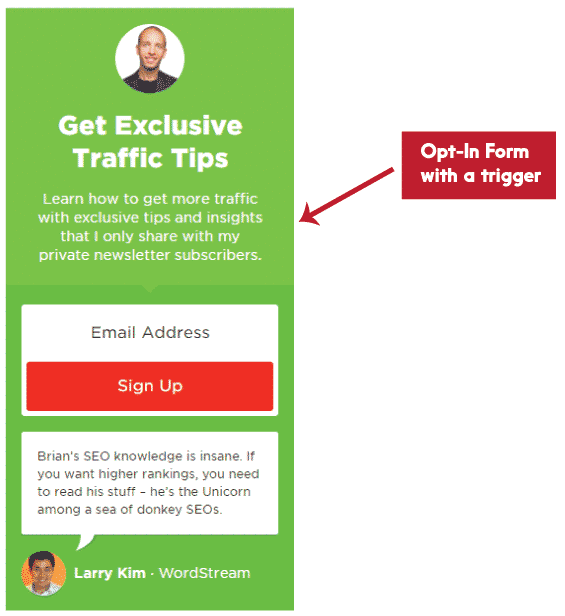
We suggest you keep different opt-in forms and email lists for the users subscribing on different landing pages, as it’ll help you in sending more personalised emails, which will, in turn, lead to better conversions.
Call-to-Action
A call to action is a piece of content which act as a stimulus for the user to perform a certain task like signing up for a newsletter, subscribing to the Youtube channel, downloading the ebook, etc. A well-placed, good-looking, “Subscribe now”, “Download” or “Sign Up” button could make all the difference.
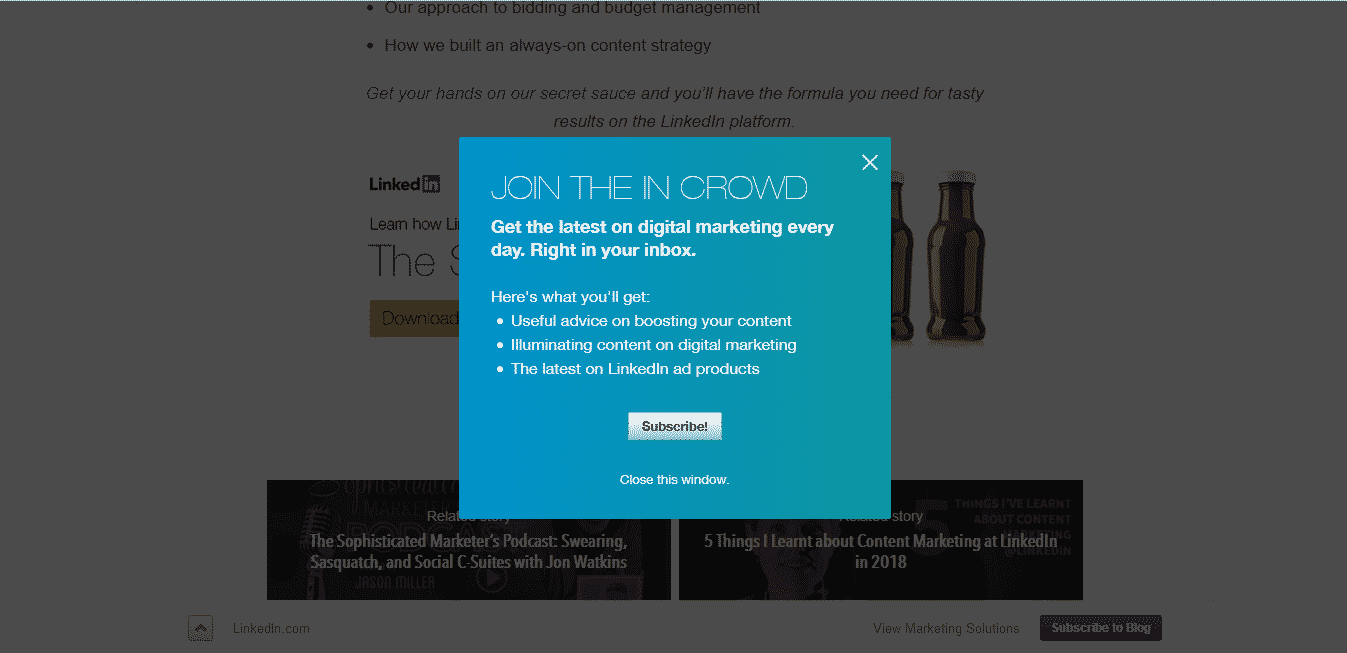
Social Validation
Adding a tinge of social validation (ratings, testimonials, etc.) increases the credibility of the website which, in turn, increases the chances to convert the users into leads.
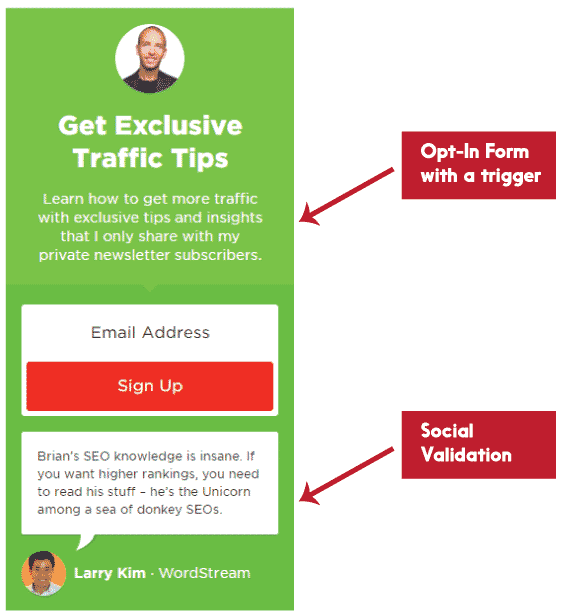
Targeted Ads
Targeted social media ads are a vital part of the inbound marketing strategy. A majority of the social media apps capture
You can use these platforms to generate leads according to their activities on your website. These will have more effect than the generic ads as these will be backed by their activities on your website.
3. Close
Once the user is converted into a lead, it’s time to convert him into a customer by making him purchase your offering.
The way you tackle this is up to you. Since not all methods may work as effectively since every business differs. It depends on what suits your customer base and what doesn’t.
Here are two general methods that you could use:
Email is still the easiest and most effective method of ensuring more sales. Since you know where the customer signed up from (using different opt-ins on different pages), you can use this information to send more personalised informative emails with well-strategised triggers to take those leads to the next stage of the marketing funnel.
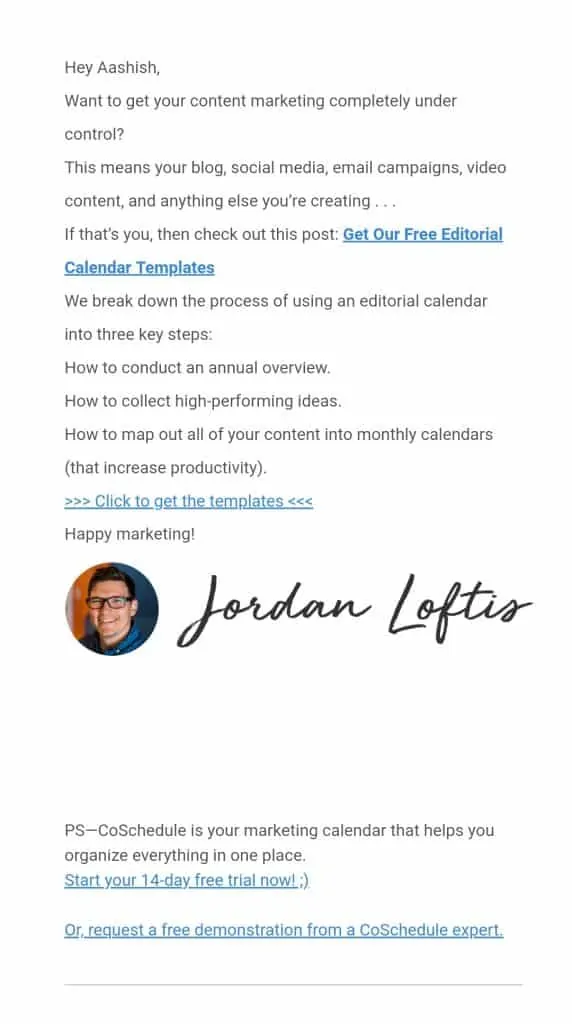
CRM
Customer relationship management (CRM) refers to the practices, strategies, and technologies used by marketers to manage the company’s relationship with the customers and to get higher profits through customer satisfaction and customer loyalty.
CRM tools help you store and segregate all the information you have of the leads and also provide automation tools to use that information to track leads and create personalised selling campaigns
Sales Focused Content
Having sales-focused content like a page describing a product, videos, an about us page, a spec sheet, or an FAQ page where you explain your what you actually do is always a good practice. Many of your users do want to know what your company stands for once they’ve fulfilled their curiosity related to the data. Moreover, a visual piece of content is always preferred over just data.
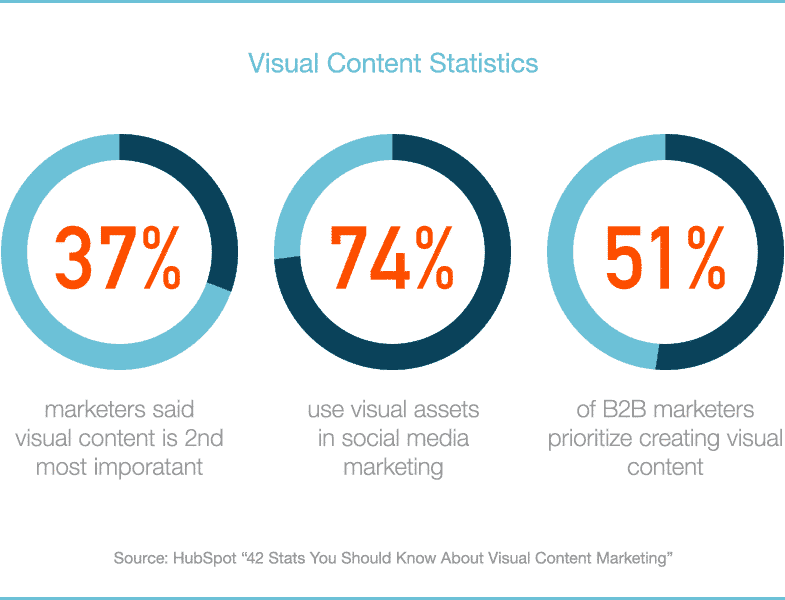
4. Delight
You’ve done everything required on your behalf. It would be fine if you’d left it at that. But it’s the small things that count. Personalised suggestions or tailor-made content, however small they may be, are still much more than effective in making a customer return and even referring your business to others. That is what he’ll remember the most in being your customer.
- Customer Support – These two words have registered in the minds of customers as something that raises a lot of flags. There are only a countable number of good customer support stories.
- Customer Rewards – Customer rewards provide a great incentive for them to return back to you, gain much more value and also will make them spend more time on your site.
Benefits Of Inbound Marketing
There are people who have just started out but have achieved great exposure and success by doing the right marketing. That is not to say that marketing is everything, one needs to have a good product too. Nevertheless, the benefits that inbound marketing brings about are very much valuable to any business, be it the ones that are starting out, to the ones that are well-established.
- Brand Awareness – Inbound Marketing helps in building and raising brand awareness among the prospective and even existing users of the brand. Well-defined and well-targeted strategies not only provide the information to the target audience but also provide it in a manner that they want to know more about the brand and its offering.
- Brand Recognition -Since Inbound Marketing revolves around offering things of value for little in return, this allows you to build a brand image that you could get only much later on the stages of business.
- Long-term Relations – Inbound Marketing use targeting to reach a more focused audience, which tends to build upon more personal and close relations with your prospects in the long run.
- Cost Effective – Most of the tactics that you use in Inbound Marketing require the least financing. This means you’re generating potential customers just out of the value proposition that you offer.
Inbound Marketing Examples
- Content Marketing – You can witness a perfect example of an inbound marketing strategy using a blend of content marketing along with SEO, CTA, and email marketing when you search for content marketing on Google. The Content Marketing Institute, which earns revenue by providing training and consultancy related to content marketing, has been successful in obtaining the first rank for the keyword and uses the landing page to get more leads which can be later converted into customers.
- Social Media Marketing – Search for “Kylie Jenner”. You’ll know the true prowess of inbound marketing and how it has helped in growing a whole cosmetic empire out of just followers on her Instagram.
- Ebook – Ebooks are a great way to raise awareness of your brand. Though they haven’t dethroned regular paper, they are rapidly gaining popularity as one of the most effective lead-generation techniques. Take LinkedIn, for example. If you want to know how to use LinkedIn effectively, nobody’s going to be more expert than LinkedIn itself. That’s why the company’s ebook on its own approach to marketing with LinkedIn is such a winner. The landing page is arranged with a series of tips and stats that trigger the users to want to opt-in immediately.
- Email Marketing – Informing the customers about your new products, discounts, and deals, or just keeping them up-to-date on what’s happening, goes a long way in establishing a good rapport. While this is usually considered outbound marketing if the content in it is too vague, it works wonders if the content is personalised according to the recipient’s needs, wants, and activities. Take an eCommerce platform like eBay, for example. eBay smartly uses the abandon cart emails to not only remind the customer that there’s an unbought product in his cart but also use smart writeups to claim that he doesn’t buy the item; someone else will. The company also sends an email whenever there’s a drop in the price of the item in an abandoned cart.
- Podcasts – Audio-related content has been on the rise recently. People are getting more inclined towards audiobooks and podcasts since they allow them to concentrate on other activities as well. Even though you can’t generate leads directly through podcasts, you can use the psychological strategy of human touch and trigger your visitors to perform a certain task. Hubspot, the brand which popularised the term inbound marketing, also runs a podcast – The Growth Show, which focuses on guiding entrepreneurs on building and growing their business empire (using Hubspot tools, of course).
Keep in mind that there are a lot more inbound marketing examples, like push notifications, SMS, etc., that also can be used along with these to help you form the perfect inbound marketing strategy for your startup. Test them on a small audience, validate your strategy, and roll it out before your competitor does.
Go On, Tell Us What You Think!
Did we miss something? Come on! Tell us what you think about our article on inbound marketing in the comments section.

Started out to become a developer but felt at home in the home of startups. The journey started from a single novel. Been an entrepreneur since schooling days. Interested in coding, reading and movies.
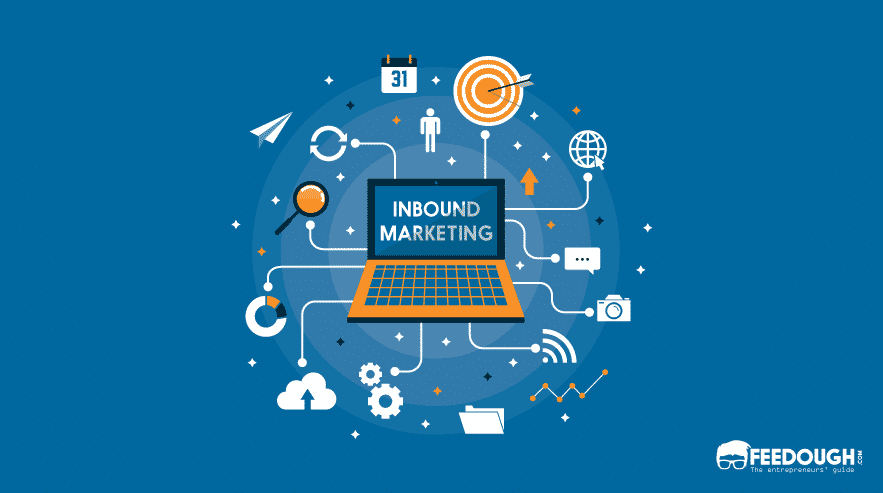
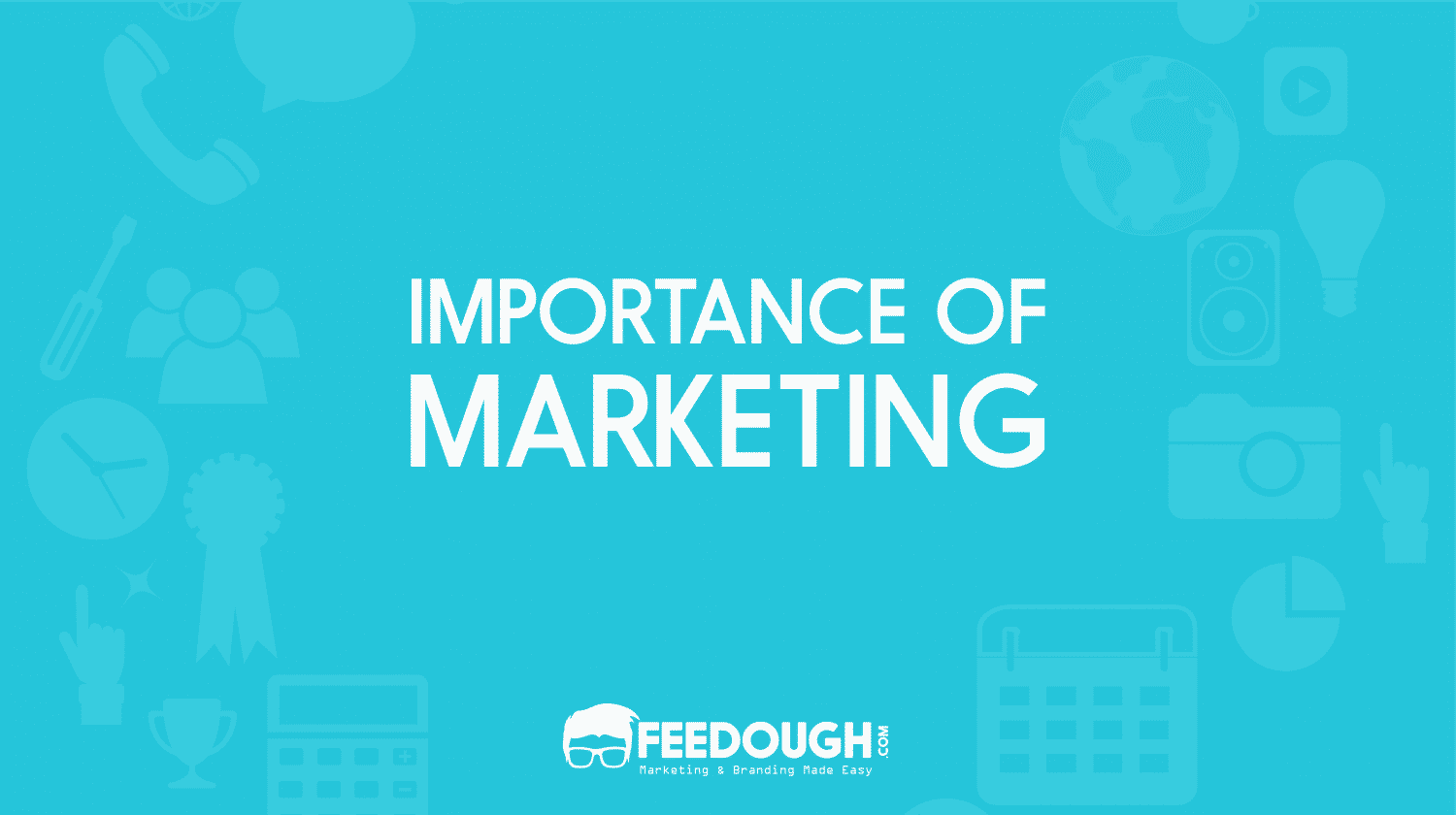
![What Is Demand Generation? [The Ultimate Guide] What Is Demand Generation?](https://www.feedough.com/wp-content/uploads/2019/05/DEMAND-GENERATION.webp)
